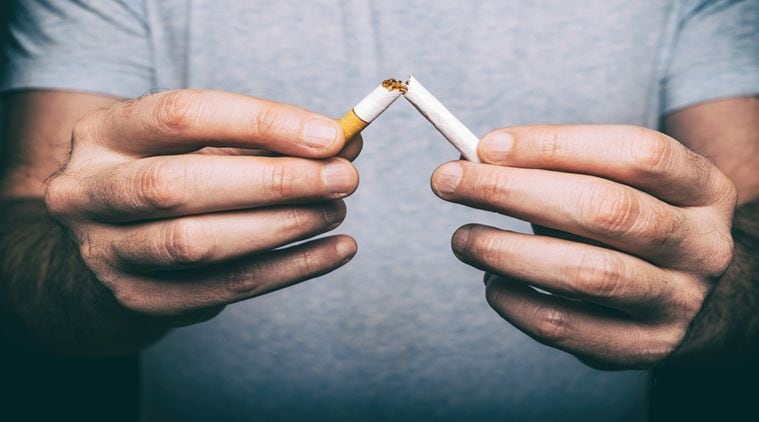Third-hand smoke results when the exhaled smoke and smoke emanating from the burning cigarettes settle on surfaces like clothing, hair and furniture.

While the hazards of second-hand smoking are well-known, now scientists have found that even third-hand smoke (THS) could do harm to one’s respiratory health by changing gene expressions.
“Our data show that cells in humans are affected by third-hand smoke,” said Prue Talbot, a professor in the Department of Molecular, Cell and Systems Biology, University of California, Riverside (UCR), who led the research published in JAMA Network Open. “The health effects of THS, have been studied in cultured cells and animal models, but this is the first study to show a direct effect of third-hand smoke on gene expression in humans.”
THS results when the exhaled smoke and smoke emanating from the burning cigarettes settle on surfaces like clothing, hair and furniture.
The researchers obtained nasal scrapes from four healthy non-smoking women aged 27 to 49 years, who were randomised to receive the clean air exposure first and then THS exposure for three hours. The researchers extracted Ribonucleic Acid (RNA) from them to examine their gene expression changes.
A total of 382 genes among approximately 10,000 genes in the data set were significantly over-expressed and seven other genes were under-expressed, according to the study.
ALSO READ: Want to quit smoking? Do it in pairs, says study
“The THS inhalation for only three hours significantly altered gene expression in the nasal epithelium of healthy non-smokers,” said the paper’s first author Giovanna Pozuelos, a graduate student at UCR.
“The inhalation altered pathways associated with oxidative stress, which can damage DNA, with cancer being a potential long-term outcome. It’s extremely unlikely a three-hour exposure to THS would cause cancer, but if someone lived in an apartment or home with THS or drove a car regularly where THS was present, there could be health consequences,” she added.
The nasal membrane tissue is similar to those in the bronchus, so the researchers suggested that the damage could go deeper into the respiratory system.
ALSO READ: Teenagers who smoke and drink might suffer from stiffening of arteries: Study
Pozuelos explained that the team focused on the nasal epithelium because the nasal passage is one way THS can enter people’s lungs. The other common exposure route is through the skin, which the researchers did not study, but plan to in the future.
Already, the researchers are working with groups in San Diego, California, and Cincinnati to study long-term exposure to THS, made possible with access to homes where people are being exposed to THS.
“Many smoking adults think, ‘I smoke outside, so my family inside the house will not get exposed.’ But smokers carry chemicals like nicotine indoors with their clothes,” said Prue Talbot, a professor at UCR, who led the research.
“It’s important to understand that the THS is real and potentially harmful,” said Talbot.
Source: Read Full Article
